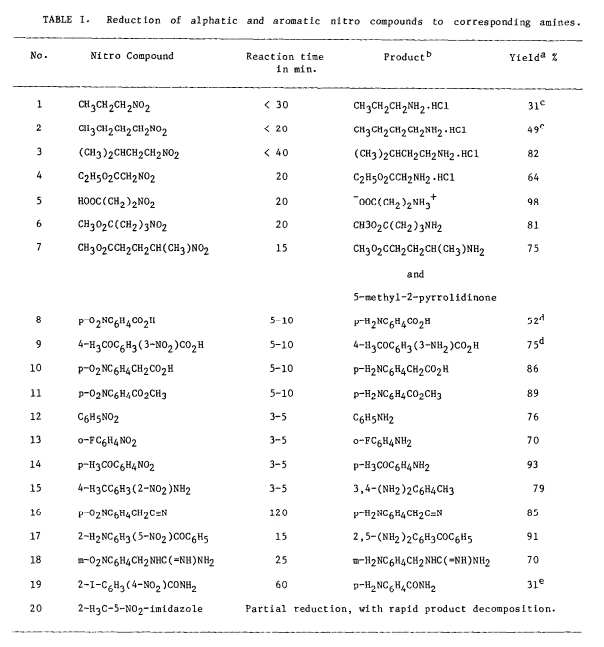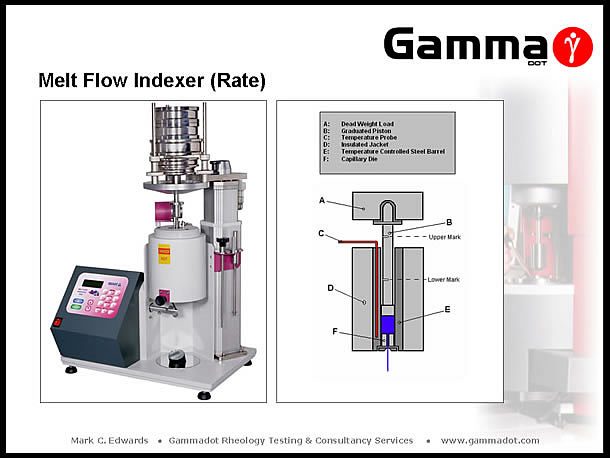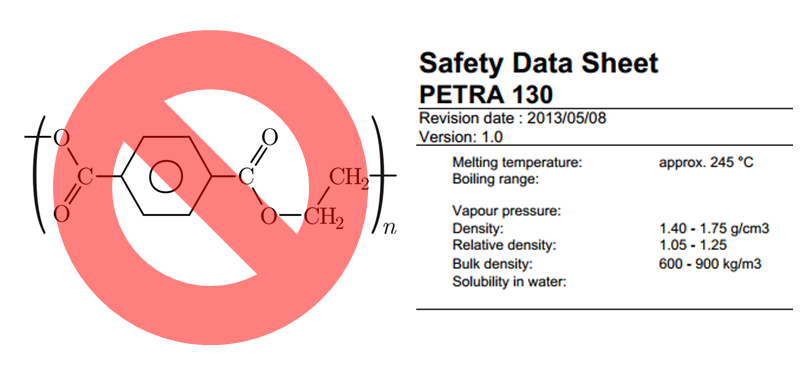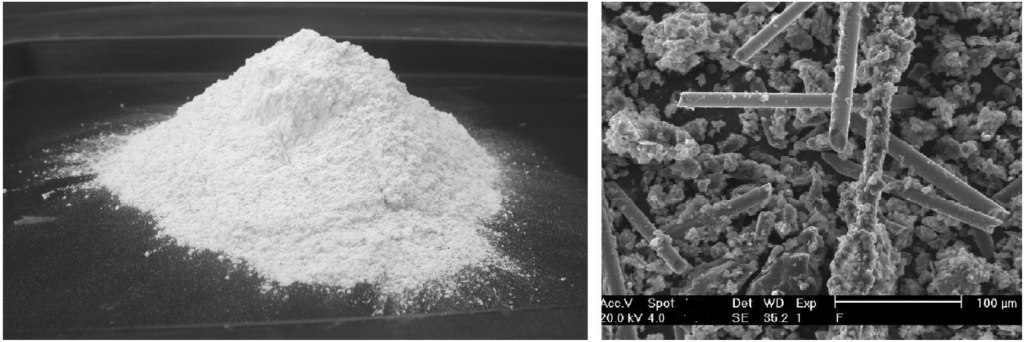After graduating with my PhD in Chemical Engineering, having spent four years studying the mechanical behavior of polymer networks, I thought I knew something about polymer science. I was wrong. Terribly wrong.
I’ve now spent the last six months working in the polymers and materials practice at a technical consulting firm, Exponent, where I have been exposed to a couple dozen real-world polymers problems in industries ranging from oil and gas to biomaterials to performance textiles. Throughout this process, I’ve learned so much that I wish I had known when making the transition from academia to industry. I would like to share some of my top lessons with you here today. This is directed primarily at graduate students or postdocs in chemistry, chemical engineering, or materials science interested in a career in the polymers industry, but I would love to get feedback from industry veterans.
Lesson 1: Your research matters
Halfway through a tedious column separation that may have yielded monomers that may have polymerized into a new material that may have had interesting properties, it was very difficult for me to justify my graduate research. Since coming into industry, and particularly consulting, where we draw on an enormous number of sources, I have recognized the tremendous value of fundamental “low-impact” studies. Recently, I helped a major biotechnology company optimize a part of its manufacturing process by looking up some rates I published in graduate school (that were incredibly boring to collect, I might add) and have experienced many more examples to that effect. I scour the literature daily for tables of values that are frequently published in obscure, low-impact journals, but are none the less incredibly valuable. This may be no consolation while slaving over a column at ten o’clock at night, but someone, somewhere will use your research for something very valuable. As a current member of the chemical industry, I would like to see more, not less, papers characterizing materials or reactions in detail, and more tables like the one below showing the rate of an nitro group reduction by ammonium formate (Siya Ram and Richard E. Ehrenkaufe, Tett. Lett., 1984)
Lesson 2: Industry is 50 years behind academic research
Academicians are conditioned to justify their research in practical terms. I know from my own experience in writing and reading papers that even the most fundamental, basic research result is often oversold as having the potential to revolutionize human health, energy, biofuels, or whatever the cause du jour is. Unfortunately, these academic results virtually never translate to industrial or commercial success. Polymer scientists in the biotech industry may be further ahead of the curve than those in specialty or commodity polymers, but, in nearly all cases, industry works about 50 years behind academic research. A concrete example: one would think that, with all the exciting biomaterials research out there, medical devices would be biocompatible, functionalized, resorbable, and, well, advanced. The truth of the matter is that the vast majority of medical devices are still polypropylene, polyethylene, PET, and other commodity polymers sourced from major petrochemical companies. The Ethicon (J&J) mesh below is very commonly used to repair hernias and is a simple structure composed of knit polypropylene fibers.
Lesson 3: Industrial characterization techniques are rarely seen in academic labs
MFI, DSC, FTIR, TGA? Specific gravity, brittleness temperature, melt flow, elongation at break? This alphabet soup of instruments and subsequent list of material properties is probably vaguely familiar to academic polymer scientists, but represent the bread and butter of industrial characterization. If someone had told me last year that the most common technique for characterizing commodity polymers was melt flow index (MFI), which involves heating a sample and weighing how much flowed through a capillary in ten minutes, I would have been in disbelief. In a 21st century university lab we are surrounded with rapid, accurate characterization instruments like NMR, MALDI, HPLC, and GPC, so why on earth do people in industry use antiquated techniques and standards? The answer is part momentum, part ease of use and cost. An FTIR spectrum, which is one of the most illuminating techniques commonly used in industry, provides much of the same information as an NMR, but is cheaper and requires no solvents or sample prep to collect. A melt flow instrument is shown below. Notice how simple is it relative to those more commonly used in academic settings.
Lesson 4: Trickle-down technology in the polymers industry
The polymers industry is far more similar to any other big, slow sector like packaged foods or automobiles than I ever imagined in graduate school. The commodity polymers, which represent an enormous chunk of the plastics in use, are largely made by a select few players (BASF, ChevronPhillips, Exxon, etc.). These companies sell their resins or resin formulations that include additives and fillers optimized for specific end uses to either reformulators or manufacturers, in the case of very simple applications like plastic bags. The reformulators then add their secret blend of additives and fillers and relabel the product, usually without identifying the original source. These resins then either get resold and reblended again or processed into a product, which is never linked to the reformulator, much less the original manufacturer. Throughout this process, polymer scientists at each stage, aside from the first, often have little idea as to exactly what polymers, additives, or fillers are present and in what quantities. Decisions are commonly made based on the advice of the sales rep providing the material. This secrecy and trust seemed crazy coming from an academic background, but often decades of optimization has gone into particular resins and it can be very difficult to find the person who knows exactly why each component is present. The image below, from NatureWorks/Cargill, the largest US manufacturer of poly(lactic acid) resin, shows how many steps a polymer resin takes to make it into a consumer’s hand.
Lesson 5: Industrial polymers products are not identified by their composition
Academic scientists get very good at elucidating material properties and behaviors based on chemical structure. I know in grad school I would occasionally just browse the building blocks section of the Sigma catalog and imagine what types of materials I could make. This never happens in industry. Commercially available polymer resins are defined not by their structure, molecular weight, additives package, fillers, or any other rational, easy to understand metric. Rather, they are sold based on their properties, e.g. melt flow, tensile strength, specific gravity, elongation at break, or others. This can be infuriating for someone accustomed to the openness of academia, because it is often impossible to learn the exact composition of a particular resin without time-intensive reverse engineering.
Lesson 6: Fillers and additives are the name of the game
In academia, the focus is almost always on the polymer. Researchers are constantly developing new polymers, new crosslinking chemistries, and new applications. I don’t recall reading a single paper in grad school on polymer additives. In industry, that emphasis is reversed. Polyolefin resins must contain antioxidants for environmental stability, rubbers must contain silica particles to improve life, and vinyl resins must include plasticizers to reduce brittleness. Every plastic consumer product contains an array of fillers and additives to either improve properties or reduce costs. These additives range from small molecules like hindered amine light scavengers to inorganic fillers like calcium carbonate to natural fibers like cellulose. Reformulating polymer resins into useful, cost effective materials is one of the most important areas of polymer science and a very active area of industrial research. Below is a a macro and SEM image of a glass fiber-based polymer filler (Ardavan Yazdanbakhsh and Lawrence C. Bank, Polymers, 2014).




